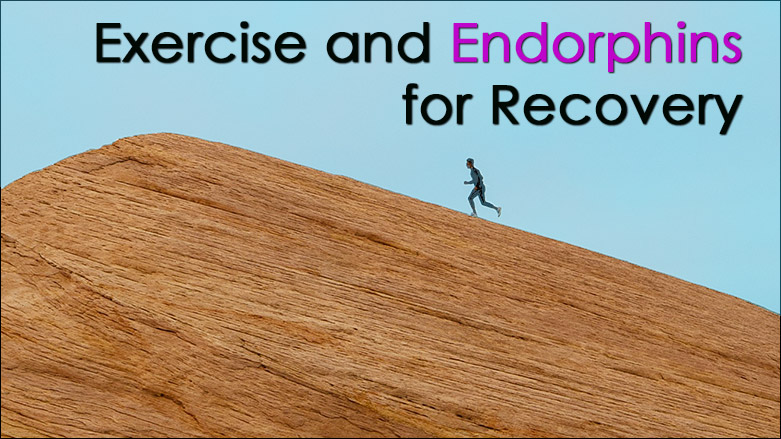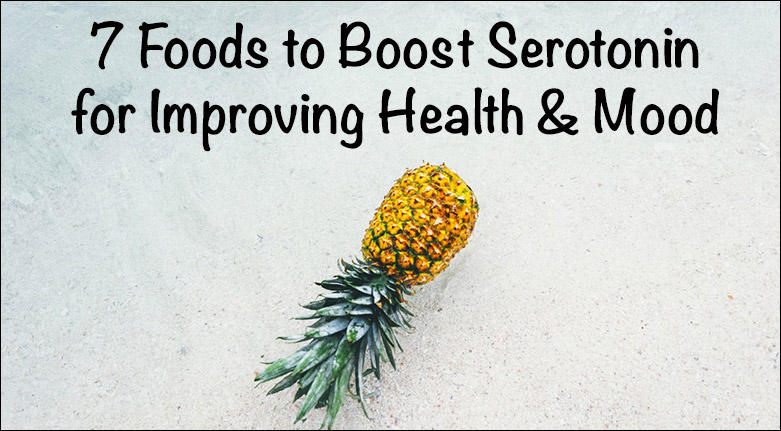Exercise produces a variety of benefits for both the body and brain. It is common for fitness junkies to get their “high” after a long, sweaty workout.
Their energy levels increase, their depression diminishes, and they tend to feel happier overall. So, what causes this happy feeling after exercising?
Well, the short answer is that the body produces endorphins, but the matter is much more complicated than that.
What are Endorphins?
Endorphins are neurochemicals, or brain chemicals, that are released throughout the body after exercise or other physical activities.
These chemicals reside in the central nervous system and the pituitary gland and they have a positive impact on the body’s pain relief receptors.
These receptors, also called opioid receptors, allow the body to feel happiness as well as decreasing pain.
In times when the body experiences pain, these neurochemicals aid in fighting the pain, along with reducing stress.
When the body undergoes “intentional pain,” such as the pain felt in exercise, they react in the same way. This is a survival reaction, producing natural pain relief when medicine is scarce.
How Does Exercise Produce Endorphins?
The brain is responsible for releasing chemicals into the rest of the body. This is sparked by increased movement, a higher heart rate, and raised body temperature.
Anytime a person removes themselves from normal functions such as breathing naturally, regular walking, and other routine movement, the body produces endorphins.
Endorphin release begins as soon as heart rates pick up, muscles contract, and the body moves in dynamic ways.
Often, the “high” feeling that comes after exercise does not appear, or isn’t apparent, until after the physical exertion has been completed.
As soon as the heart rate drops, breathing returns to normal, and the muscles release from resistance, the happy feelings begin to appear.
What are the Benefits of Releasing Endorphins?
Besides providing feelings of pleasure, endorphins offer other benefits to the body, such as:
- Decreased Depression
- Lower Levels of Stress and Anxiety
- Boosted Self-Esteem
- Weight Loss Promotion
- Sleep Improvement
Those who follow a regular exercise routine will reap the rewards in the form of endorphins. They also serve as an excellent recovery chemical for a person’s muscles and joints.
Without these fantastic chemicals, the soreness that comes with exercising would feel more intense with regard to pain levels.
Exercises to Release Endorphins
Any type of exercise, whether high impact or low impact, causes endorphins to be releases in the body.
Not everybody can exercise at the same levels of intensity, though, so choosing the right exercise for each body type, fitness level, and environment is essential.
Here are 5 Endorphin Boosting Exercises that can be enjoyed by anyone:
1. Walking
People who take walks each day report increased energy levels throughout the day. Those who work in an office setting should get up and walk at least once every hour, so as not to slow down normal endorphin production.
Walking is one of the easiest exercises to perform; it can be done almost anywhere, and doesn’t require an expensive gym membership to take advantage of its benefits.
2. Running
Running is similar to walking, although as the expression goes, “it will get you there quicker.”
For people with a goal of getting in 10,000 steps a day, running could cut the time in half to reach that many steps compared to walking.
New research has found that the intensity of exercise could have an effect on the amount of endorphin release. If this is the case, running would increase endorphin production even more.
3. Swimming
Swimming is a wonderful way to boost endorphin levels, raise heart rates, and tone the muscles for long-lasting endorphin levels.
Surfers and swimmers alike often confess to becoming addicted to being in the water every day as they experience a rush when they finish a good workout. Much of this has to do with the feel-good endorphins released from the workout swimming provides.
4. Yoga
Yoga is one of the best exercise routines for encouraging endorphin production. Not only is yoga safe for most people and fitness levels, but it can also relieve stress and induce calm feelings in the brain.
Even movements as small as stretching the arms and legs provide endorphin benefits. And because yoga involves a close attention to breathing and being present in the moment, it further encourages a calmness of the body and mind that can reduce feelings of stress, anxiety, and depression.
5. Biking
For a high cardio workout, biking is a smart choice. It is easier on the joints than running, but it still requires a lot of effort and resistance training.
Biking can be performed indoors on indoor bike equipment and it has quickly become one of the most popular ways to get a good workout at many gyms and fitness centers.
This list only scratches the surface of the types of exercises that encourage endorphin release. Those who can’t move around at a fast pace can still enjoy gardening, yard work, and housework as their source of producing endorphins.
The Importance of Endorphins for People in Recovery
Many people with a substance use disorder became addicted to certain types of drugs such as opioids as a coping mechanism and escape from depression, anxiety, and other mental health issues. Others were prescribed prescription painkillers for pain management after an injury or medical procedure.
No matter what the reason, opioid drugs bind to opioid receptors in the brain and produce feelings of pleasure in addition to relieving pain. Endorphins provide the same feelings of pleasure in the brain while reducing pain felt in the body.
For those in recovery looking for a safe and natural way to regain those same feelings, endorphins released through exercise are considered an excellent replacement. This is why so many people in recovery become passionate about finding an exercise routine that they look forward to doing on a daily basis.
It’s quite common to hear people in recovery say they have an addictive personality and they traded their drugs for exercise as their newfound addiction.
Besides feeling good physically and mentally from exercise, finding a new training regimen like running, biking or any other activity also gives them a sense of purpose and meaning in their life. Chalk one up to endorphins!







